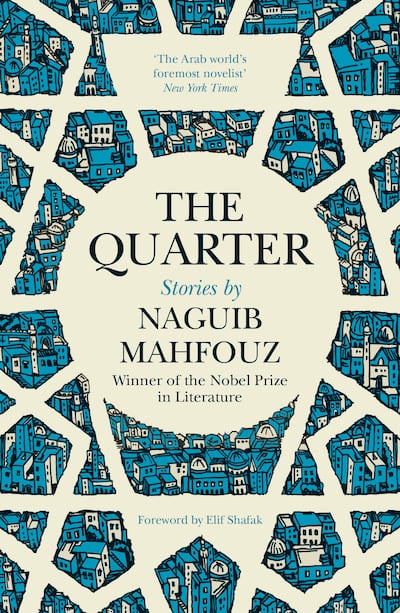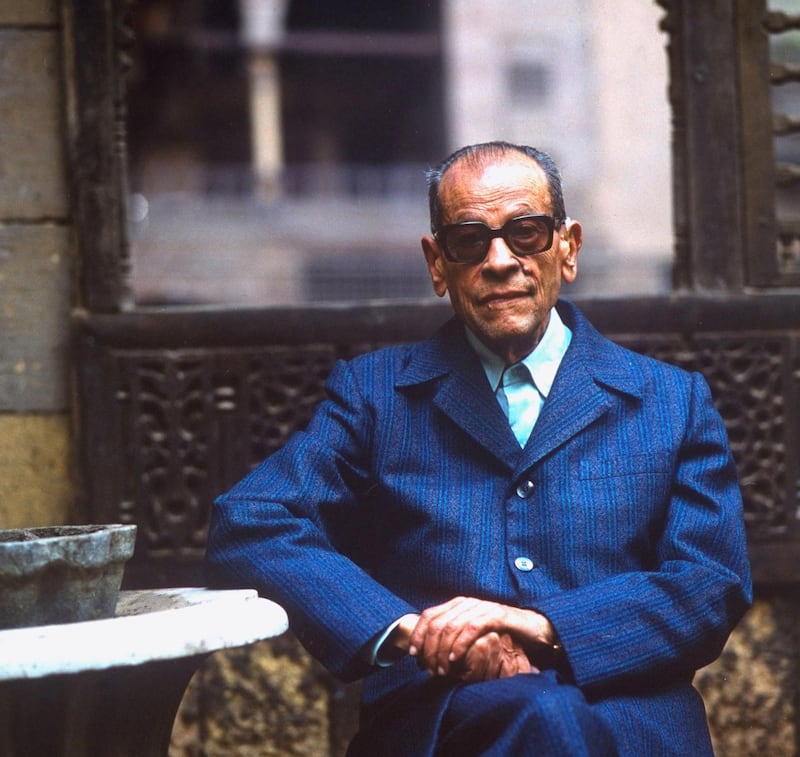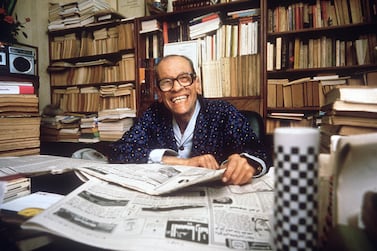The discovery of a previously unknown or unpublished story by a major author always sets academic and literary pulses racing, but sadly, the results rarely live up to their publisher's hype or to reader expectations.
In the last year, previously unpublished works by Sylvia Plath and Ernest Hemingway have made their way into print more than 60 years after their initial composition, while only last week a forgotten and incomplete manuscript by Anthony Burgess was discovered, prompting competition between publishing houses as they vied for the rights to publish the extensive notes that were immediately dubbed "the sequel" to A Clockwork Orange.
In most instances, such stories prove to be works in a minor key, of greater interest to academics rather than general readers and add little to the wider understanding or reputation of their authors.
This is not the case with the 18 short narratives that form The Quarter, an entire collection of newly discovered and unpublished stories by the revered Egyptian author and Nobel Laureate Naguib Mahfouz (1911-2006).
Appearing for the first time in English thanks to London's Saqi Books, the discovery and publication of The Quarter represents nothing less than a literary and publishing coup.
Set in the same historic neighbourhood in old Cairo, Gamaliya, where Mahfouz spent his childhood and which also features in several of his most famous works, The Quarter blends exquisite observations of quotidian city life with episodes that are often as shocking as they are haunting.
Featuring recurring characters such as the head of the quarter and its imam, as well as Namla, the local madman, Haraq the beggar and the lovely newlywed Kamila, who sets fire to herself immediately following her sudden and unexpected divorce, the tales in The Quarter have a mythic quality that simultaneously marks them as essentially Cairene and universal, while being difficult to locate temporally.
In one tale, The Arrow, the character Boss Zain Al-Baraka is shot dead while he rides through the quarter on his donkey. The head of the quarter has to explain how a bow and arrow works to his fellow residents as he searches for witnesses at a time that is described as the quarter's "black period".
“What’s going on beneath our very eyes?” asks the narrator. “It’s obvious,” replies one of the narrator’s friends. “The times people are living through get sick and die just like all the rest of God’s creatures.”
Dealing with love and jealousy, madness and sudden death, the narratives in The Quarter display an economy and a resonance that earns them an essential place in the Mahfouz canon, alongside classic works such as The Cairo Trilogy and Children of Gebelawi.

Remarkably, the stories only came to light in September last year when the Egyptian journalist and writer Mohamed Shoair discovered a handwritten manuscript amongst Mahfouz's belongings.
Containing 50 stories by Mahfouz, many of which had already appeared in the magazine Nisf Al-Dunia, the manuscript also included the 18 previously unknown tales that are now included in The Quarter.
Discovered in a box, the manuscript was fronted by a curious, handwritten label that contained the instruction: “For publishing in 1994.”
After 1988, the year in which Mahfouz was awarded the Nobel Prize, and 1956-1957, the years in which he published the The Cairo Trilogy, 1994 already stood as something of a turning point in the writer's five-decade-long career.
In 1989, after Ayatollah Khomeini's fatwa against Salman Rushdie following the publication of The Satanic Verses, a blind Egyptian cleric named Omar Abdul Rahman proposed that if Mahfouz had been punished appropriately for writing Children of Gebelawi, which had already attracted accusations of blasphemy, then Rushdie would never have risked publishing his own incendiary text.
The episode effectively made Mahfouz a target and as a result, two Islamic extremists attempted to assassinate the 82-year-old novelist, stabbing him in the neck outside his Cairo home in 1994. Mahfouz survived, but the nerves in his right arm were damaged permanently, and so the man who had earned the nickname “Omega”, in part because of his discipline and regularity as a writer, was now in a situation where he could no longer write for more than a few minutes each day.
A household name in Egypt and for anyone familiar with modern Arabic literature, Mahfouz was not only the first Egyptian and Arabic-speaking writer to win the Nobel Prize in Literature, but was also the author of 34 novels, 13 short story anthologies, numerous plays and 30 screenplays. Described as "the Arab Tolstoy", Mahfouz's pioneering work helped to establish the novel in Arabic, not least through the trilogy that helped to secure the writer's place in the pantheon of world literature.
Known collectively as The Cairo Trilogy, the books were published individually as Palace Walk (1956), Palace of Desire (1957) and Sugar Street (1957), forming a portrait of life in middle-class Cairo while focusing on the lives of a single family, which they follow through three generations, from 1917 until 1952.
Although he had been writing since the 1930s, the trilogy, which Mahfouz described as “a history of my country and myself”, established the author’s reputation in Egypt but didn’t secure him the kind of wealth that would allow him to leave his full-time job as a civil servant, a role he occupied until his retirement in the early 1970s.
Already published in Arabic as The Whisper of the Stars by Saqi Books' sister operation, Dar al-Saqi in Beirut, The Quarter has been translated into English by the academic and long-time Mahfouz expert Roger Allen, professor of Arabic and Comparative Literature at the University of Pennsylvania. The English-language version also includes an introduction by Allen, a foreword by Turkish-British writer, academic and activist Elif Shafak and the text of Mahfouz's Nobel Prize acceptance speech from 1988.
The additions are a delight but hardly necessary as the narratives in The Quarter represent that rare thing in literature, a newly discovered work that requires no caveat, but which adds yet another essential chapter to the oeuvre of a literary figure of greatness.
The Quarter by Naguib Mahfouz will be published by Saqi Books on July 1. For more details, visit www.saqibooks.com







